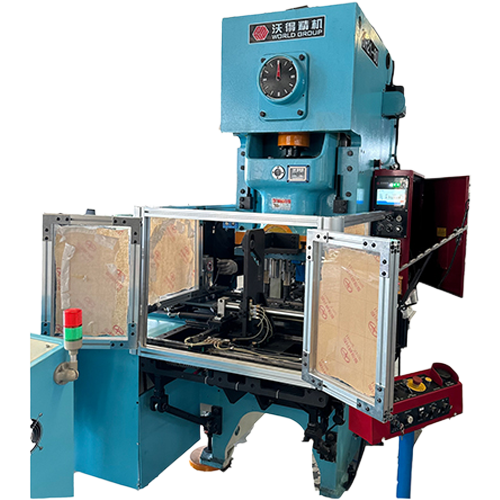Processing technology of canned konjac chips
Canning process of konjac chips
1. Raw materials and equipment. The raw materials are konjac flour, rice flour, soda ash, salt, citric acid, etc. The equipment includes a puffing mixing tank, a jacketed pot, a vacuum automatic can sealer, a sterilizing pot (working pressure greater than 0.8 MPa), etc.
2. Process flow: Konjac flour → puffing → heating and forming → pre-cooking → rinsing → weighing and filling → brine → canning → sterilization → cooling → finished product
3. Operational technical points
(1) Puffing: Put konjac flour, rice flour (100 mesh sifted flour ratio of more than 90%) and water into a stainless steel puffing mixing tank in a ratio of 1:1.5:40-50, stir at room temperature for about 1-1.5 hours, and stir at a speed of 25-30 rpm, so that the fine powder can be fully puffed to form a stable mixed suspension. Stir for about 1.5 hours at a speed of 25-30 rpm to allow the fine powder to fully expand to form a stable mixed suspension.
(2) Heating and forming: The mixed liquid is sent into the jacketed pot and slowly heated and stirred to evenly heat the liquid state. Heating temperature 50 ~70℃. Stop heating and stirring when the material is hot but not sticky. Let it sit for 30 minutes to converge and set.
(3) Pre-cooking in pieces: Use a stainless steel knife to divide the solidified konjac cake into 20cm cubes, place them in 0.1% soda ash boiling water and cook until there is no filling.
(4) Rinse: Place the cooked konjac pieces in flowing clean cold water and rinse thoroughly to remove the lye.
(5) Cut into pieces: Break the washed konjac pieces into 2 ×3× 0.5 cm strips and rinse them in clean water.
(6) Boil and rinse: Boil the konjac sticks in 0.05% citric acid solution (stick to liquid ratio 1:1) for 5 minutes, then remove
Rinse off any remaining acids and bases with clean water.
(7) Canning and sealing: Drain the washed taro slices and fill them into sterilized empty jars at a ratio of 2.6:1 between taro slices and salt water (the salt water should be prepared at a ratio of 1:24 and boiled for 5 minutes). Seal the tank while hot and evacuate to above 0.4 MPa.
(8) Sterilization: Place canning jars (cans) in a sterilization pot, sterilize at back pressure/121°C for 15-40 minutes, and quickly cool to below 38°C. Dry the surface moisture and store it in the store.
Recommended Products


 EN
EN
 中文简体
中文简体 English
English













